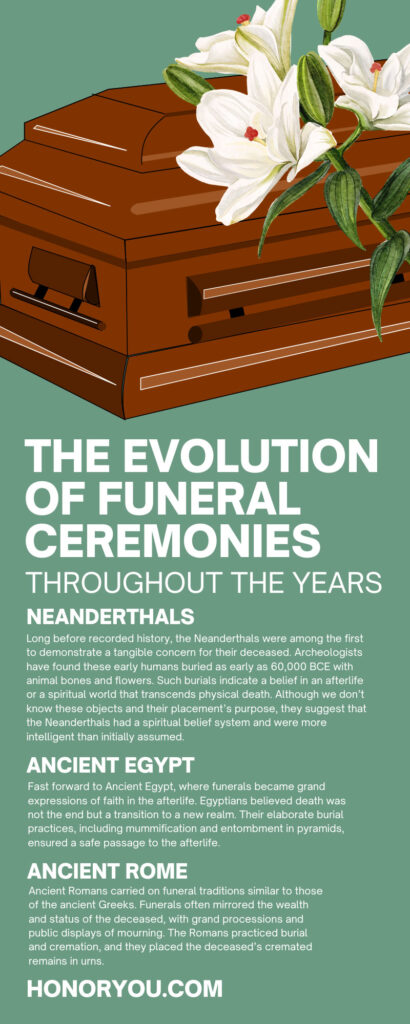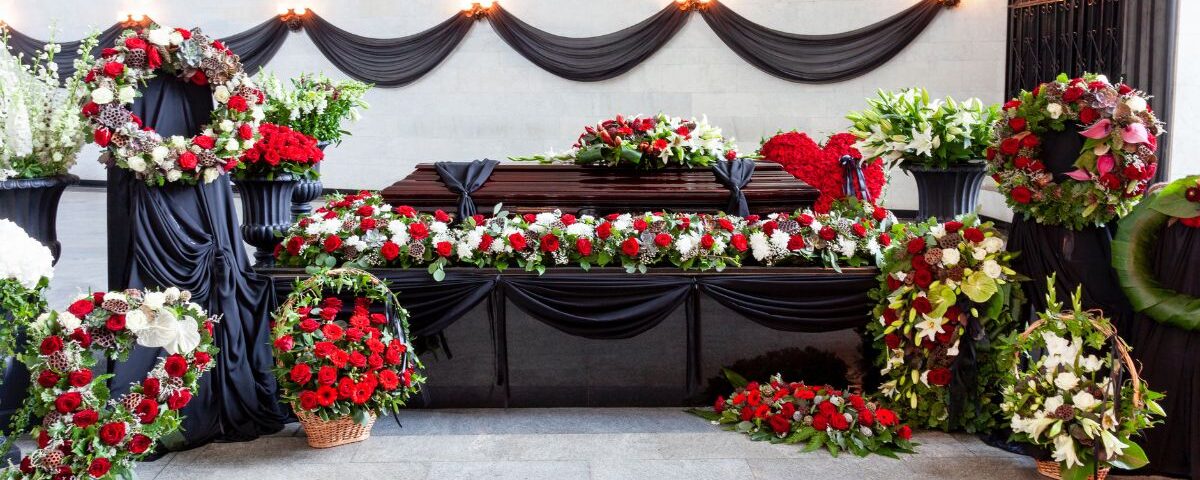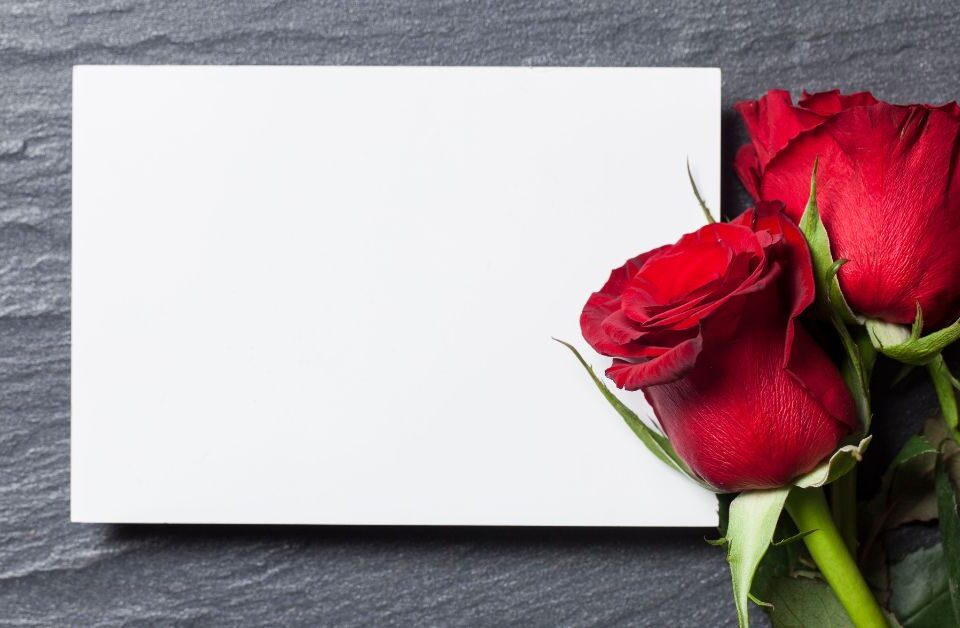The Evolution of Funeral Ceremonies Throughout the Years

Tips To Include Family Trees & Genealogy in Memorial Cards
August 19, 2024
Designing Remembrance Cards for Funerals
August 20, 2024Funerals have been a part of human history for thousands of years, serving as profound expressions of love and respect for those who have passed. These ceremonies have evolved throughout the ages, reflecting various societies’ cultures and beliefs. We will offer a fascinating glimpse into how different cultures have honored their dead and how these practices have shaped our current understanding of life and death. Let’s discover how early funeral traditions have influenced today’s modern funeral ceremonies.
Neanderthals
Long before recorded history, the Neanderthals were among the first to demonstrate a tangible concern for their deceased. Archeologists have found these early humans buried as early as 60,000 BCE with animal bones and flowers. Such burials indicate a belief in an afterlife or a spiritual world that transcends physical death. Although we don’t know these objects and their placement’s purpose, they suggest that the Neanderthals had a spiritual belief system and were more intelligent than initially assumed.
Ancient Egypt
Fast forward to Ancient Egypt, where funerals became grand expressions of faith in the afterlife. Egyptians believed death was not the end but a transition to a new realm. Their elaborate burial practices, including mummification and entombment in pyramids, ensured a safe passage to the afterlife.
Funerals in Egypt often involved rituals, prayers, and offerings to deities, reflecting the society’s intertwined relationship between life, death, and religion. These practices were reserved for royalty and the elite, showcasing the social hierarchy even in death.
Ancient China
In Ancient China, Confucian beliefs and texts deeply influenced funerals, emphasizing respect for ancestors and family lineage. Preparing the deceased for burial and their ceremonial rites was meticulous and filled with spiritual symbolism. A person’s relationship with the deceased determined their mourning clothes and length of grieving. Surviving family members followed many superstitions to remain in good fortune and honor their loved one’s transition to eternity.
Ancient Greece
Funeral rites in Ancient Greece comprised of three stages: prothesis (laying out of the body), ekphora (funeral procession), and internment or cremation. Honoring the deceased was a religious and civic duty, and traditions varied by city-state. The Greeks believed a person’s spirit left their body at their last breath, and swiftly preparing them for burial was a crucial part of respecting their dignity. After laying a person in their final resting place, the Greeks would mark their grave with tombs, statues, and offerings, similar to tombstones in cemeteries today.
Ancient Rome
Ancient Romans carried on funeral traditions similar to those of the ancient Greeks. Funerals often mirrored the wealth and status of the deceased, with grand processions and public displays of mourning. The Romans practiced burial and cremation, and they placed the deceased’s cremated remains in urns.
We also credit them with the origination of the columbarium, an underground chamber designed to hold several family members’ ashes. Columbariums still exist and are popular today.
Medieval Europe
During the medieval period, Christianity heavily influenced funerals in Europe. The church played a central role in ceremonies, which included masses, processions, and burial in consecrated ground. The belief in purgatory led to the practice of offering prayers and masses for the soul’s purification.
This era marked a decline in burials with objects, as they didn’t believe that earthly possessions were important in the afterlife. However, memorials and tombstones emerged, serving as lasting reminders of the deceased’s life and legacy and reinforcing the importance of faith in the afterlife.
Colonial America
In Colonial America, funerals were community-centered events, reflecting the practical and religious values brought to the New World by Europeans. Ceremonies often occurred in churches or homes, followed by burial in simple graveyards. Puritan funerals were somber occasions that eventually evolved into the modern idea of a wake, where several family members watched the deceased to ensure they had passed away. As time passed, New England funerals became more elaborate and financially burdensome, which led legislators to pass laws to regulate funeral-related expenses.
Victorian Era
The Victorian Era marked a shift toward more elaborate and ritualistic funerals. Mourning became a formalized practice, with strict codes for attire and behavior. Black clothing, mourning jewelry, and draped mirrors were common symbols of grief. Queen Victoria’s public mourning for her husband, Prince Albert, was a prevalent influence on mourning etiquette.
Funerals became public spectacles, often including processions with horse-drawn carriages and floral arrangements. This period also saw the rise of funeral homes and the professionalization of funeral services.
20th Century
The expansion of private funeral homes and cultural shifts made memorial services more standardized and affordable for the common person. Funeral homes tended to be family-owned businesses that could organize the logistics of the entire ceremony planning process. The rise of embalming and cremation within the funeral industry mirrored society’s evolving attitudes toward death and offered more flexibility to families. Throughout the century, funeral attire evolved with societal norms for women’s clothing but remained in darker hues.
Modern Funerals
Today, funerals have evolved into a blend of tradition and personalization. While some religions and cultures still adhere to ancient practices, many have adopted more modern customs. Funerals, memorial services, or celebrations of life can also be secular with no influence from religions or reference to an afterlife. Modern funerals often blend tradition with personalization, allowing families to create meaningful ceremonies that reflect their loved ones’ lives.
The evolution of funeral ceremonies reveals how cultures have expressed their respect for the dead. Each era has left its mark, shaping the customs and practices we recognize today. Exploring these rich traditions provides a deeper understanding of how societies have navigated the delicate balance between life and death. As we continue to honor those we’ve lost, we carry forward the legacy of those who came before us.
A meaningful and historically significant way to pay tribute to lost loved ones is with funeral service products such as prayer cards. Honor You is dedicated to providing loved ones with personalized keepsakes to cherish for years to come. Visit our website to browse our complete product line and discover more funeral planning resources.



